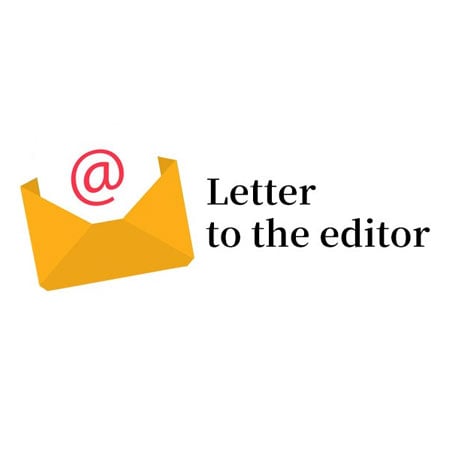
The choice is simple and elementary: there is no option but to extend high quality education to all.
ISLAMABAD: The crises of public sector education in Pakistan is one of major disconnect between demand and supply; between what the households want as quality for enhancing their entitlements and what the government is prepared to give as a public good. This malaise is also linked to the conceptualisation of how the government looks at a public good.
Still steeped in hierarchical notions of society and an education system that mirrors the perpetuation of this social stratification, the government remains half-hearted in its attempt to reform the education system that is in a state of perpetual crises due to norms that are emaciated, particularly at the primary and pre-primary level, which is the foundation of the education system. A two-teacher two-room school as the official basis for establishing a primary six-year programme is a weak immoral beginning for any learning system to prosper; this is how it is reflected in the Planning Commission Form 1 (or PC-1) to get financial approval for a new school scheme anywhere in the country. It is a formal collusion between the department of education, planning and development and finance departments that continues in unbroken continuity in spite of devolution in the post-Eighteenth Amendment scenario; education, policy, planning curriculum and budgets are now completely devolved, but there is little improvement on the ground after three years of the shift.
A very good National Curriculum was designed in 2006-7 but it remains unimplemented to this day, despite being in official circulation for several years. This demonstrates a lack of will for providing enabling education in Pakistan to the masses through deregulated systems, where schools can choose their own textbooks. The government has many policies such as with regard to the hiring of better teachers, free textbooks, or for providing all the facilities that are currently missing, such as training. However, these add to little when implemented in a half-hearted measure to keep the masses from enabling education which is their fundamental right. Finally the abysmal budget of less than two per cent of GDP for many years speaks volumes of the political will and priorities that a country like Pakistan has.
The choice is simple and elementary: there is no option but to extend high quality education to all if we are serious about fundamental rights and democracy.
What can be done in this regard? 1) Redesign the education system with people possessing the strongest desire for care and learning for the foundation years of 3-10, investing in teachers/headteachers and supervisors through continuous professional development. 2) Ensure that no school is set up that does not cater to, at least up, to elementary and preferably up to matric, covering children from 5-16 years of age under Article 25-A. 3) Enhance budgets for schools and make a standard primary school one with six classrooms and six teachers, with a library and related resource rooms. 4) Have a strong monitoring and support system for all schools public and private/madrassas. 5) Be open to innovations in learning across the education system at different levels seeking solutions through emerging cost-effective technologies without discrimination.
Baela Raza Jamil
Director, Idara-e-Taleem-o-Aagahi
Published in The Express Tribune, March 24th, 2013.